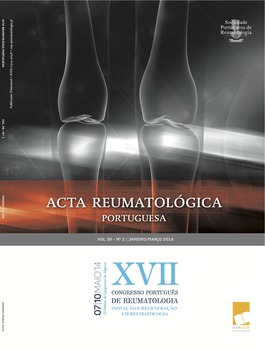Assessment of atrial conduction time in patients with Behçet’s disease
Authors
Mehmet Cansel, Julide Yagmur, Hakan Taolar, Yelda Karincaoglu, Necip Ermis, Nusret Acikgoz, Adil Bayramoglu, Omur Otlu , Ferhat Eyyüpkoca, Hasan Pekdemir, Ramazan Ozdemir
Objective: Behçet’s disease is characterized by increased
inflammatory activity, and there there might be
an increased risk of atrial arrhythmia in patients with
this disease. Our study is aimed to evaluate a novel
method of measuring atrial electromechanical features
expressed as interatrial and intraatrial electromechani -
cal delay by tissue Doppler echocardiography in patients
with Behçet’s disease.
Methods: We evaluated 57 patients (mean age:
36.3±12.1 years) with Behçet’s disease and 34 sex and
age matched healthy volunteers (mean age: 38.4±8.6
years) as control group. P-wave dispersion (PWD) was
calculated from the 12-lead surface ECG, interatrial and
intraatrial electromechanical delay were measured by
tissue Doppler imaging and conventional echocardiography.
Results: Interatrial electromechanical delay and intraatrial
electromechanical delay were prolonged in patients
with active Behçet’s disease compared with the
patients with inactive disease and the controls
(p<0.0001, p<0.0001, p=0.013 and p=0.001, respectively).
Erythrocyte sedimentation rate and high-sensitivity
C-reactive protein values of of patients with active Beh -
çet’s were significantly higher than those with inactive
Behçet’s disease and the controls (p<0.0001 and
p<0.0001, respectively).
High-sensitivity C-reactive protein and erythrocyte
sedimentation rate were correlated with interatrial electromechanical
delay in patients with Behçet’s disease
(r=0.44, p=0.001 and r=0.64, p<0.0001, respectively).
Conclusions: The prolongation of atrial electromechanical conduction might be related with changes in
structure and electrophysiological properties of the
atrial myocardium or the conduction system in patients
with active Behçet’s disease.
Section:
Original articles





